-
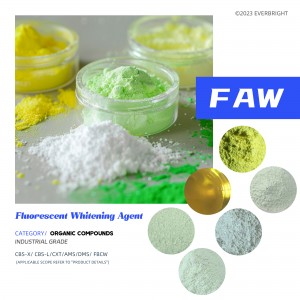
Fluorescent Whitening Agent (FWA)
It is a compound with a very high quantum efficiency, in the order of 1 million to 100,000 parts, which can effectively whiten natural or white substrates (such as textiles, paper, plastics, coatings). It can absorb the violet light with a wavelength of 340-380nm and emit blue light with a wavelength of 400-450nm, which can effectively make up for the yellowing caused by the blue light defect of white materials. It can improve the whiteness and brightness of the white material. The fluorescent whitening agent itself is colorless or light yellow (green) color, and is widely used in papermaking, textile, synthetic detergent, plastics, coatings and other industries at home and abroad. There are 15 basic structural types and nearly 400 chemical structures of fluorescent whitening agents that have been industrialized.
-
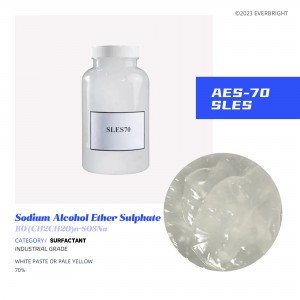
AES-70 / AE2S / SLES
AES is easily soluble in water, with excellent decontamination, wetting, emulsification, dispersion and foaming properties, good thickening effect, good compatibility, good biodegradation performance (degradation degree up to 99%), mild washing performance will not damage the skin, low irritation to the skin and eyes, is an excellent anionic surfactant.
-

Urea
It is an organic compound composed of carbon, nitrogen, oxygen and hydrogen, one of the simplest organic compounds, and is the main nitrogen-containing end product of protein metabolism and decomposition in mammals and some fish, and urea is synthesized by ammonia and carbon dioxide in industry under certain conditions.
-

Aluminium sulfate
It can be used as flocculant in water treatment, retention agent in foam fire extinguisher, raw material for making alum and aluminum white, raw material for oil decolorization, deodorant and medicine, etc. In paper industry, it can be used as precipitating agent for rosin gum, wax emulsion and other rubber materials, and can also be used to make artificial gems and high-grade ammonium alum.
-
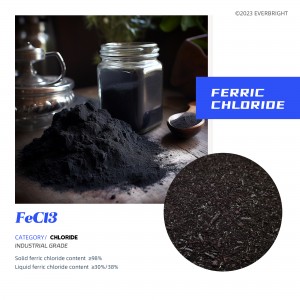
Ferric chloride
Soluble in water and strongly absorbent, it can absorb moisture in the air. The dye industry is used as an oxidant in the dyeing of indycotin dyes, and the printing and dyeing industry is used as a mordant. The organic industry is used as a catalyst, oxidant and chlorination agent, and the glass industry is used as a hot colorant for glassware. In sewage treatment, it plays the role of purifying the color of sewage and degrading oil.
-

Sodium Carbonate
Inorganic compound soda ash, but classified as salt, not alkali. Sodium carbonate is a white powder, tasteless and odorless, easily soluble in water, aqueous solution is strongly alkaline, in humid air will absorb moisture clumps, part of the sodium bicarbonate. The preparation of sodium carbonate includes the joint alkali process, the ammonia alkali process, the Lubran process, etc., and it can also be processed and refined by trona.
-

Selenium
Selenium conducts electricity and heat. The electrical conductivity changes sharply with the intensity of light and is a photoconductive material. It can react directly with hydrogen and halogen, and react with metal to produce selenide.
-
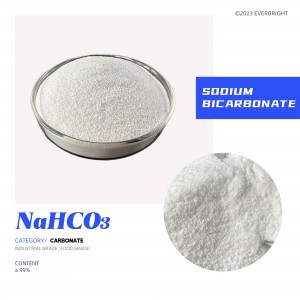
Sodium Bicarbonate
Inorganic compound, white crystalline powder, odorless, salty, soluble in water. It is slowly decomposed in humid air or hot air, producing carbon dioxide, which is completely decomposed when heated to 270 ° C. When exposed to acid, it breaks down strongly, producing carbon dioxide.
-
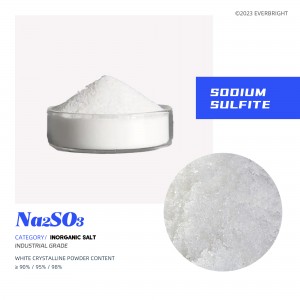
Sodium Sulfite
Sodium sulfite, white crystalline powder, soluble in water, insoluble in ethanol. Insoluble chlorine and ammonia are mainly used as artificial fiber stabilizer, fabric bleaching agent, photographic developer, dye bleaching deoxidizer, fragrance and dye reducing agent, lignin removal agent for paper making.
-
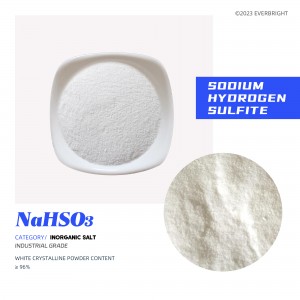
Sodium Hydrogen Sulfite
In fact, sodium bisulfite is not a true compound, but a mixture of salts that, when dissolved in water, produces a solution composed of sodium ions and sodium bisulfite ions. It comes in the form of white or yellow-white crystals with an odor of sulfur dioxide.
-
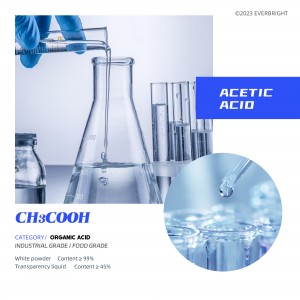
Acetic acid
It is an organic monic acid, the main component of vinegar. Pure anhydrous acetic acid (glacial acetic acid) is a colorless hygroscopic liquid, its aqueous solution is weakly acidic and corrosive, and it is strongly corrosive to metals.
-
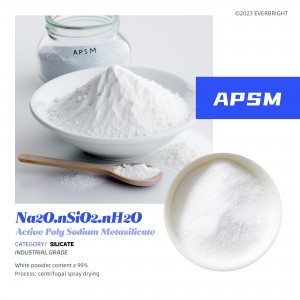
Active Poly Sodium Metasilicate
It is an efficient, instant phosphorus free washing aid and an ideal substitute for 4A zeolite and sodium tripolyphosphate (STPP). Has been widely used in washing powder, detergent, printing and dyeing auxiliaries and textile auxiliaries and other industries.







